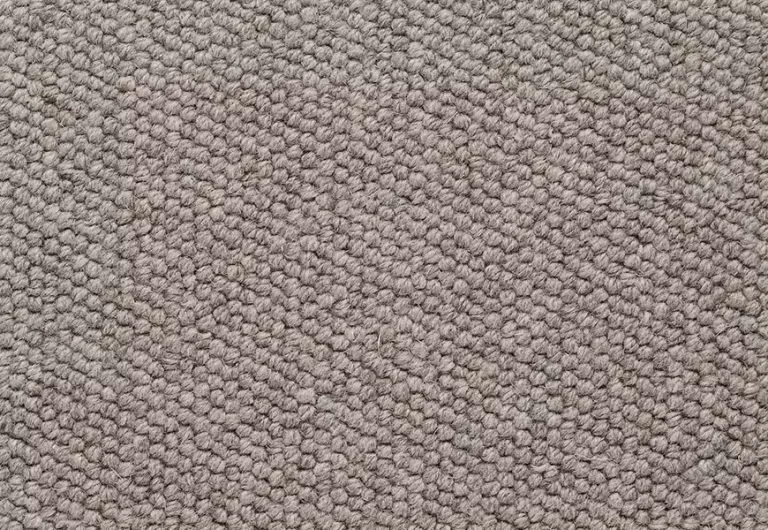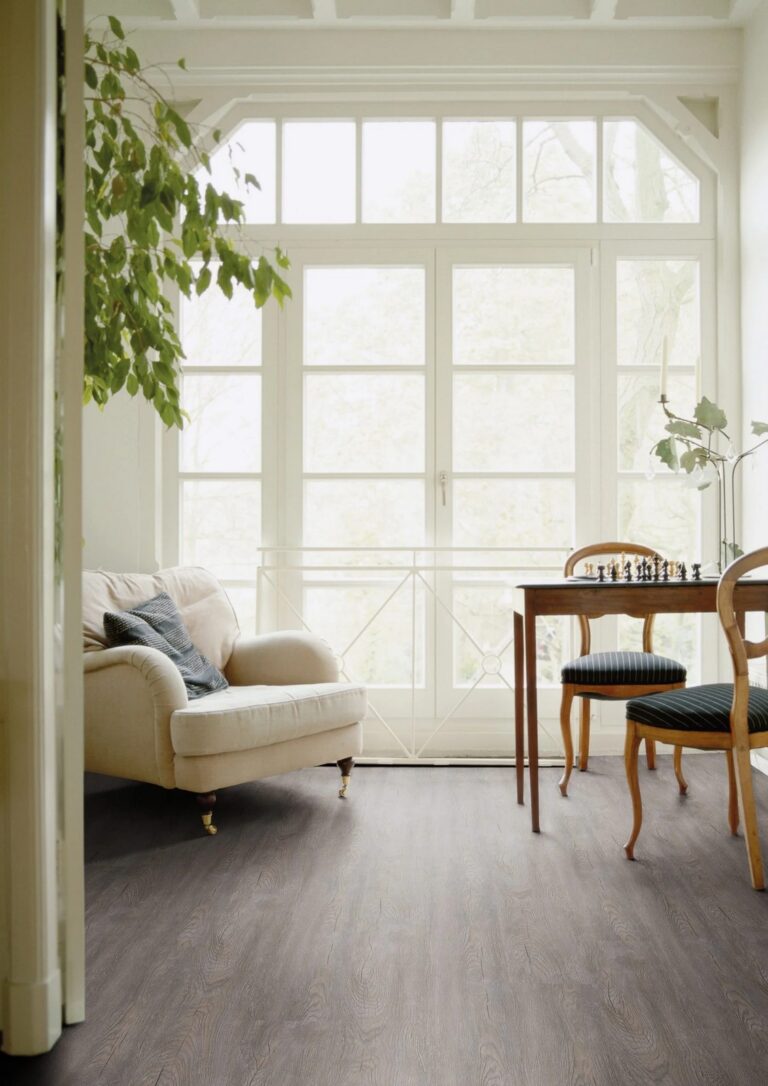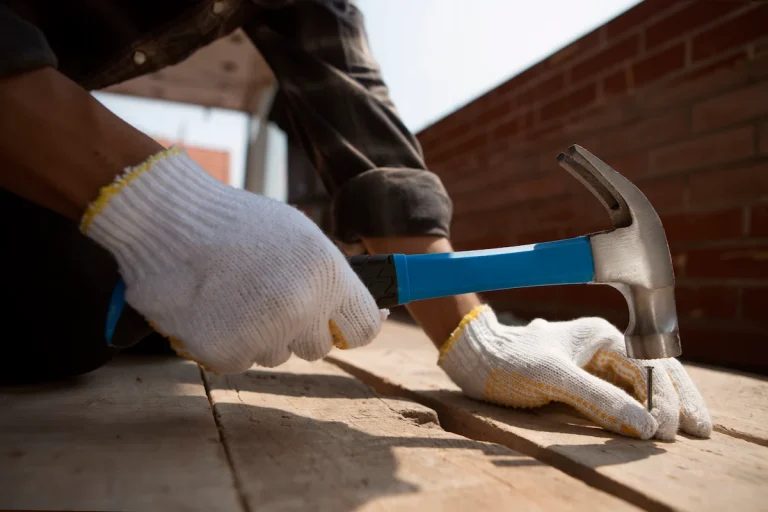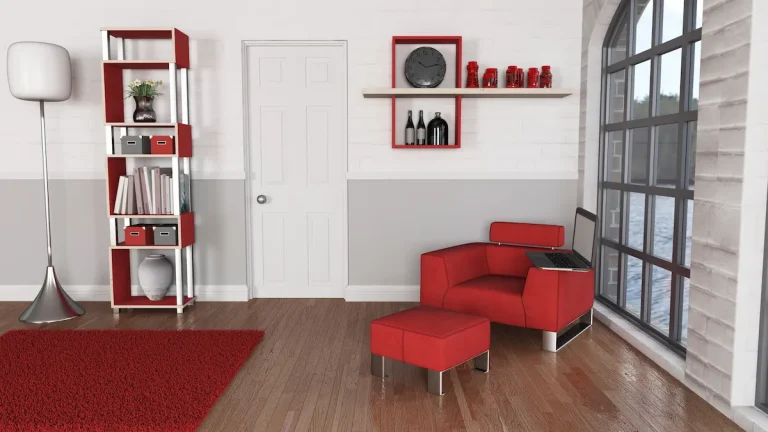Transitioning between different flooring types—whether it’s mixing hardwood and tile, or vinyl and carpet—can elevate the design of your home while improving its functionality. Mastering flooring transition techniques is essential for creating smooth, safe, and aesthetically pleasing transitions between spaces.
Whether you’re updating your living room or remodeling your kitchen, knowing how to properly transition between materials ensures durability and a cohesive flow throughout your home.
Why Are Flooring Transitions Important?
Flooring transitions aren’t just about aesthetics—they serve a critical role in creating safe, cohesive living spaces. The right flooring transition techniques help avoid tripping hazards caused by height differences and allow different materials to meet cleanly, contributing to a polished finish.
Transition strips, T-mouldings, or edge grippers are commonly used to secure joints while maintaining smoothness in design. Whether transitioning from carpet to laminate or tile to hardwood, the right transition method ensures both safety and visual harmony.
Factors to Consider Before Transitioning Flooring Types
Before transitioning between different types of flooring, it is essential to consider several critical factors that can significantly affect the outcome of the project.
1. Flooring Materials
When mixing flooring materials, it’s important to understand the unique properties of each material. For example, wood floors offer warmth but are sensitive to moisture, which requires smooth transitions to water-resistant tiles. Materials of differing thickness might need transition strips or self-leveling compounds to bridge the height gap.
Examples:
- Hardwood to tile: Requires precise levelling for a flush look.
- Laminate to tile: T-moulding bridges gaps effectively.
- Tile to tile: May require grout-line alignment or angle cuts.
2. Height Differences
Height discrepancies, even small ones, can cause safety issues or disrupt the visual flow of your space. Solutions include:
- Flush transitions for minimal height differences.
- Reducer strips or saddle transitions for more noticeable changes.
- Threshold strips or custom ramps for accessibility.
These solutions create a smooth, continuous flow between rooms and enhance both safety and aesthetics, especially in high-traffic areas.
3. Foot Traffic and Usage
The amount of foot traffic an area receives will influence your choice of materials and transition methods. High-traffic areas such as entryways and living rooms may benefit from durable surfaces like luxury vinyl planks or porcelain tiles.
Durable flooring options for high-traffic zones include:
- Luxury Vinyl Planks
- Porcelain Tiles
- Engineered Hardwood
4. Aesthetic and Design Flow
A well-designed transition should not only function effectively but also support the overall design of the space. For cohesive results, aim to match tones, textures, or patterns. Custom carpentry or creative border treatments can further enhance transitions, making them an integral part of the design.
Popular options include:
- T-moulding: Great for connecting hardwood and tile.
- Reducer strips: Ideal for height differences.
- Colour matching: Ensures smooth visual flow.
Different Methods of Flooring Transition Techniques
There are various methods for transitioning between different flooring types, each specifically designed to address particular needs related to height differences, material compatibility, and aesthetic considerations. The use of transition strips or edge grippers can also ensure a secure fit.
1. T-Moulding
T-moulding connects floors of equal height, offering a polished finish and accommodating flooring expansion. It’s commonly used between hardwood, laminate, and tile. The key advantage is its ability to withstand temperature-induced expansion while enhancing room flow, ideal for:
- Living areas
- Commercial spaces
- Home renovations
2. Reducer Strips
Reducer strips bridge gaps between surfaces of differing heights, such as carpet to tile or hardwood to vinyl. They prevent tripping hazards and improve visual coherence. Available in wood, vinyl, aluminum, and composite materials, they’re particularly useful in high-traffic areas and enhance safety and design continuity.
3. Thresholds
Thresholds create clean boundaries between rooms, reducing dirt and moisture from spreading. This is especially important in high-traffic areas and helps prevent wear and tear. They’re perfect for protecting hardwood floors from moisture in kitchens and bathrooms, as well as commercial spaces.
4. Flush Transitions
Flush transitions eliminate physical and visual breaks between floors, creating a seamless, smooth look. Ideal for minimal height differences, they ensure a natural flow between spaces like open-plan living areas or commercial environments.
5. Stair Nosing
Stair nosing is crucial for stairs, offering both safety and durability. It prevents slips and enhances the design of spaces, particularly in high-traffic areas. Available in rubber, aluminum, and wood, stair nosing is ideal for:
- Public facilities
- Commercial buildings
How to Choose the Right Transition Method for Your Flooring Types
Selecting the appropriate transition method for various flooring types requires a thorough consideration of multiple factors, ensuring that both functionality and aesthetics are adequately addressed. The right choice can also help address common moisture issues found in flooring transitions.
1. Matching the Flooring Materials
Compatibility is key for smooth transitions. For example:
- Hardwood to tile: Use decorative thresholds for blending textures.
- Laminate to vinyl: Match colours for continuity.
- Carpet to hardwood: Wood transition strips enhance aesthetics and functionality.
2. Considering the Height Difference
If there’s a height discrepancy between flooring types, a reducer strip can bridge the gap. For minimal height differences, a flush transition is ideal, maintaining a seamless look.
3. Ensuring Durability and Safety
Durability is especially important in high-traffic areas. Materials like rubber, metal, or laminate help ensure long-lasting safety and aesthetic appeal. The right transition materials will reduce wear and prevent slips, creating a safe, functional environment.
4. Coordinating with the Design of the Space
The transition method should align with the room’s overall design to create visual continuity. Pay attention to colour schemes, functionality, and textures to ensure a harmonious flow between spaces.
How to Transition Between Different Flooring Types Seamlessly
1. Preparing the Subfloor
Before installing flooring transitions, it’s essential to prepare the subfloor. This includes inspecting for damage, applying self-leveling compounds if needed, and ensuring moisture protection.
2. Measuring and Cutting Transition Pieces
Accurate measurements are crucial for a seamless fit. Use a tape measure and mitre saw to achieve precise cuts.
3. Installing the Transition Pieces
Installation methods vary based on materials. For example, adhesive works well for vinyl transitions, while nails are typically used for wood.
4. Finishing and Sealing the Transition
Once installed, apply a protective sealant to ensure long-term durability. This step keeps the transition area looking great and functional for years.
Maintaining and Repairing Transitions Between Different Flooring Types
1. Regular Cleaning and Maintenance
Routine cleaning prevents dirt buildup and ensures the longevity of transitions. Sweep regularly, mop occasionally, and apply protective sealants in high-traffic areas.
2. Repairing or Replacing Damaged Transition Pieces
Check transitions periodically for damage and replace or repair as needed. Use matching materials to maintain consistency in design.
3. Refinishing or Refurbishing the Transition Area
Refinish wooden or laminate transitions by sanding, staining, and sealing to restore their appearance and extend their lifespan.
Transitioning between flooring types doesn’t have to be complicated. With the right flooring transition techniques and a clear understanding of mixing flooring materials, you can create a seamless and functional design in your home.
For high-quality flooring solutions and professional installation services, trust TEKA Flooring to bring your vision to life. Contact us today to explore our wide selection of flooring options and expert installation services!
Read also:

































